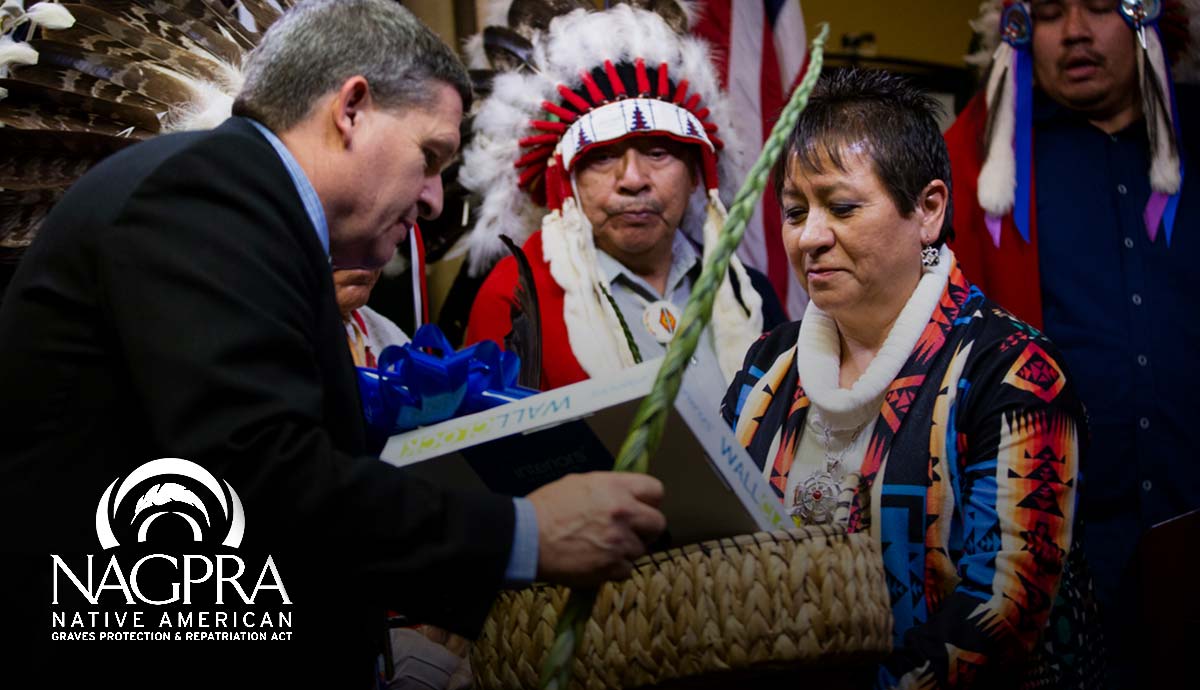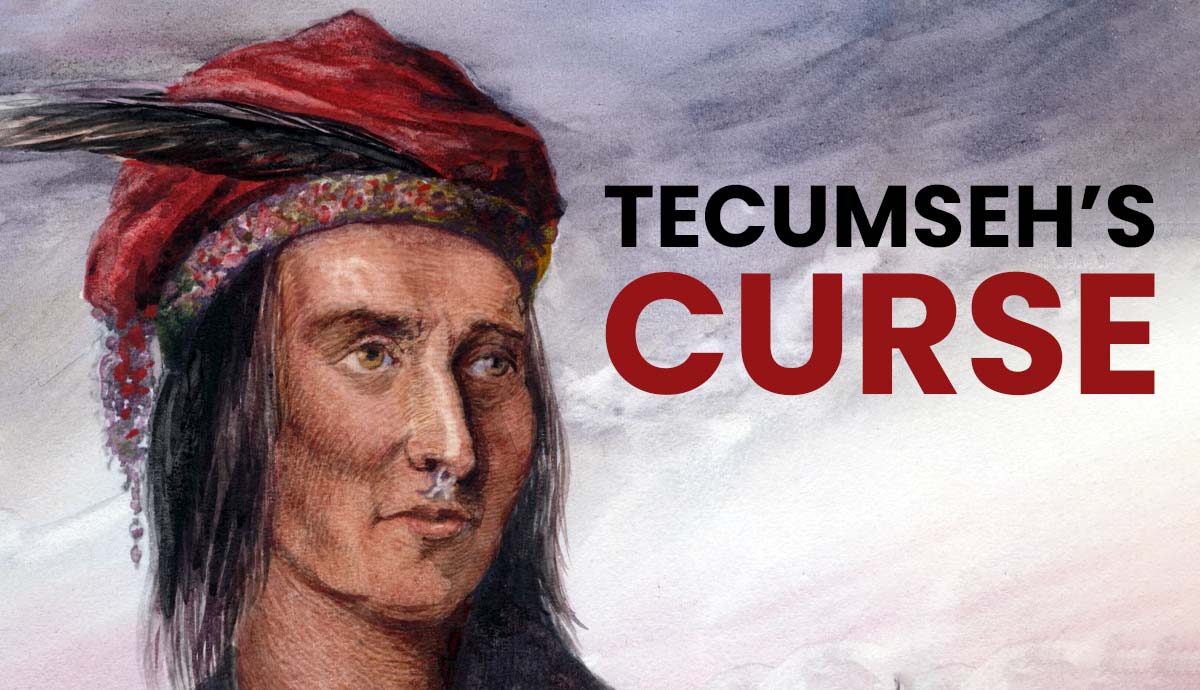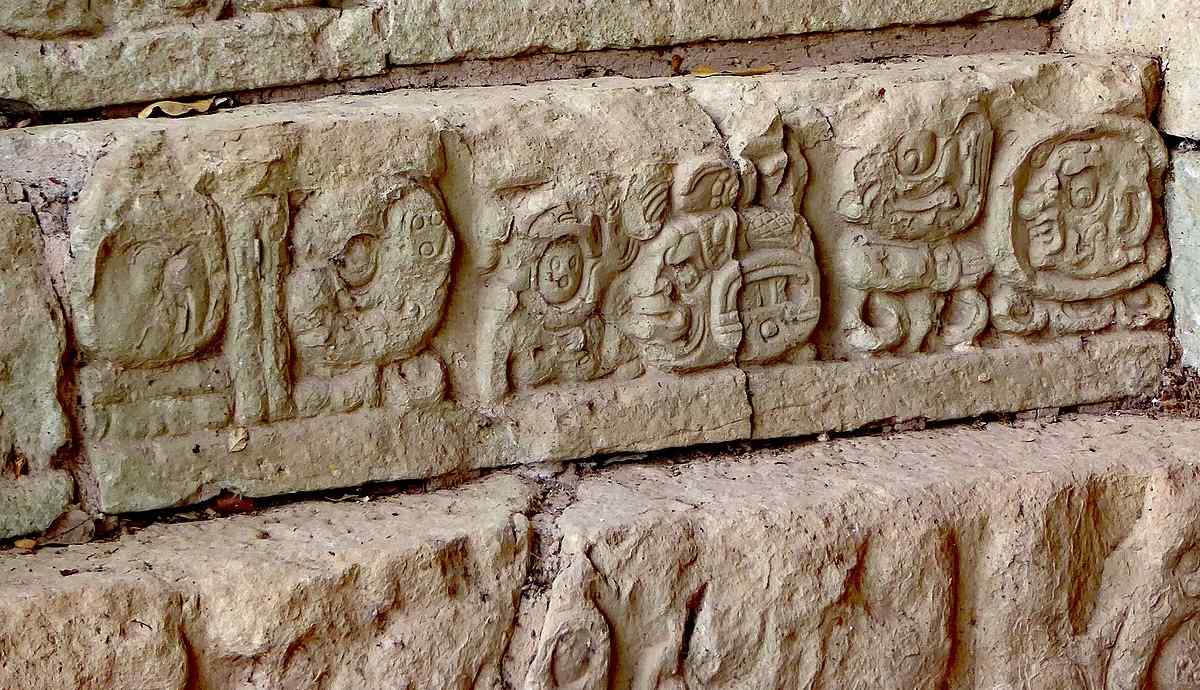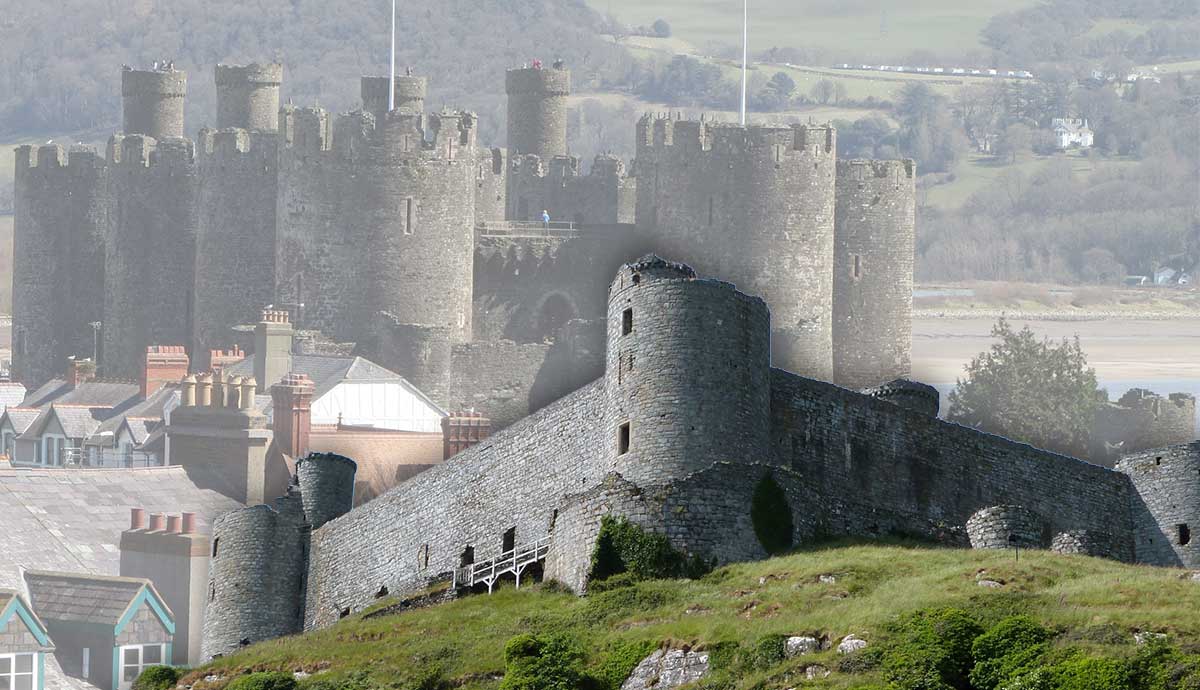
Most presidents are remembered for specific achievements or mistakes made during their tenure. However, Calvin Coolidge is often remembered for what he didn’t do, and with admiration. While maintaining a steadfast attitude against drastic change, the president managed to keep the country on a steady course of “Coolidge prosperity.”
While his actions may have been somewhat bland, there is much more to the sometimes mysterious, always fascinating “Silent Cal” that the history books often leave out. Could he perhaps be the coolest of the presidents?
1. Coolidge Was Born on the Fourth of July

John Calvin Coolidge, named for his father, was born on July 4, 1872. Later dropping his first name in favor of his middle moniker, often shortened to “Cal,” the young man enjoyed a pleasant childhood in Plymouth, Vermont. His father was a storekeeper and a prominent member of the community. His mother was said to be quite beautiful and dreamy in disposition. However, she was frail in constitution, and when Calvin was twelve, his mother passed away.
Calvin honored his mother by always carrying a locket with her photo for the rest of his life. Five years later, he’d suffer great loss once again when his younger sister and only sibling, Abigail or “Abbie,” died at age 12, likely from an attack of appendicitis. Through their grief, Calvin and his father persisted in maintaining the family store and homestead, and Calvin continued his studies.
2. He Didn’t Get an Evil Stepmother; Quite the Opposite

In 1891, John Coolidge found love again and remarried. His new wife was Carolina “Carrie” Brown, a local school teacher. Calvin had known his new stepmother his entire life, and she stepped into her new role perfectly. She had a caring nature and treated Cal like her own son. He spoke of her fondly in life and in his autobiography, and the two were very close until her death in 1920.
3. He Met His Wife Because She Was Laughing at Him

After attending and graduating from Amherst College in 1895, Coolidge began pursuing the law. He worked for a firm in Northampton, Massachusetts before passing the bar in 1897 and striking out on his own. In Northampton, he met his future wife, Grace Anna Goodhue, whom he married in 1905. Coolidge was in his room at a local boarding house one evening, shaving. He happened to be doing so in front of the window, wearing only his underwear and a hat. Miss Goodhue was traveling past on foot when she caught sight of him and, thinking he looked foolish, laughed loud enough for him to hear. Coolidge later claimed he was wearing the hat to keep his hair out of his eyes.
4. Coolidge Learned He Was President in the Middle of the Night & His Father Swore Him In

On August 2, 1923, Calvin and Grace were vacationing at the Coolidge family home in Plymouth Notch, Vermont. In the middle of the night, the elder Coolidge woke his son after learning that President Warren G. Harding died of a heart attack. At 2:24 AM, in the presence of several reporters who had gathered, John Coolidge, a justice of the peace, gave his son the oath of office, swearing him in as the 30th president of the United States. What was Calvin’s first action as president? He went back to bed.
5. He Was Lauded for “Doing Nothing” Effectively

American journalist Walter Lippmann praised Coolidge for his “active inactivity” and its effect on the country’s success. In his inaugural address, Coolidge praised the “state of contentment” the country was in and that he hoped to maintain it. His approach appealed to people who thought the government had exercised too much reach in the past and business owners who wanted to be left to the “Invisible Hand” rather than face more regulation.

The country was enjoying the economic boom of the Roaring Twenties as Coolidge came into office, but he did not wish to see the excess many Americans were enjoying reflected in government spending and interference. He vetoed multiple bills to bail out the agriculture industry and create a federal electrical project to produce cheap power. Measures such as these paid off, and Coolidge became and remained a popular president as the country enjoyed what the media called “Coolidge Prosperity.”
6. Coolidge Wasn’t Much of a Talker

Known to many as “Silent Cal,” Coolidge was a man of few words, but when he did speak, he often did so with his dry wit. His wife recounted a story that took place at a dinner party when a young lady sat next to Coolidge and told him that she had made a bet with a friend that she could get more than three words out of him. Without making eye contact or cracking a smile, he responded, “You lose.”

Coolidge told friends that he often sat silently during interviews because even a simple “yes” or “no” would “wind them [reporters] up for twenty minutes more.” Still, Coolidge is considered one of the most accessible presidents despite his quietude. He hosted many visitors and groups at the White House over his term and participated in numerous public events across the country.
7. Coolidge Didn’t Own a Home Until He Retired

Before he married, young lawyer Coolidge rented a room in a boarding house. Even after he was wed, the Coolidge family, which grew to include two sons, decided to rent rather than purchase a home. They leased half of a two-family duplex in Northampton until they moved into the White House.
While serving as vice president, Coolidge moved his family to the Willard Hotel in DC but maintained their rental in Northampton. They returned there after his tenure as president but found that the home lacked the privacy they desired in retirement. In 1930, they purchased The Beeches, a large home with a long private driveway and plenty of trees in the southern part of Northampton.
8. He Was an Animal Lover

Calvin Coolidge was an admirer of animals and had several pets during his presidency. Though his favorite was said to be his collie, Rob Roy, his menagerie was plentiful. The family had dogs, cats, and birds, along with a friendly raccoon named Rebecca. Along with the presidency came gifts from foreign dignitaries and domestic fans; some of these presents were living creatures.
For example, Harvey Firestone, of automotive fame, gave the president a pygmy hippo that hailed from the African nation of Liberia. Coolidge donated the creature named Billy to the National Zoo, where he became a popular attraction known for his friskiness.
Coolidge was also gifted a pair of lion cubs from the mayor of Johannesburg, South Africa. They were amusingly named Tax Reduction and Budget Bureau, and Coolidge used them to send a message about fiscal responsibility in the United States. As twins, the cubs were the same size, and Coolidge emphasized that they would need to be fed equally to maintain this. He compared this to the equal importance of focusing on a federal budget while reducing tax burdens, not just targeting taxes. Coolidge, a fiscal conservative, walked the walk, bringing the top individual income tax rate down to 25% during his term while working on the budget, vetoing over 50 spending bills and cutting existing expenditures.
9. He Was a Believer in Equality

Coolidge spoke out for civil rights during his tenure. He shunned members of the Ku Klux Klan when it came to appointing public officers. While it was many years before Washington recognized African Americans as equal under the law, Coolidge made efforts to hear from the African American community, welcoming groups such as the Negro National Educational Congress to the White House and communicating with leaders such as Robert Moton, principal of Tuskegee Institute. Under Coolidge’s presidency, he signed the Snyder Act, or Indian Citizenship Act, into law in 1924, which granted US citizenship to America’s Indigenous people for the first time.
10. Some People Wanted Coolidge Forced Into a Second Term

Calvin Coolidge declined to run for a second term at the end of his first full term in 1928, despite the general belief that the popular incumbent would easily win. There were several reasons for his decision, including the death of his son. In his autobiography, Coolidge wrote that when his youngest son, Calvin Jr., only sixteen, died of an infection, “the power and glory of the presidency went with him.”
Coolidge also suggested that he believed a politician staying in office too long was at risk of becoming “careless and arrogant” due to the atmosphere of worshippers and supplicants a president is often surrounded with.

On August 2, 1927, Coolidge was traveling in the Black Hills when he printed a statement to hand out to local reporters: “I do not choose to run for president in 1928.” He refused to answer follow-up questions and felt the matter was settled. However, he was so popular among the American people that many refused to take no for an answer.
A movement erupted in which people wondered if the president could be drafted, much like the military, and forced to continue in his role. Due to the success of this movement, Coolidge was forced to make another statement in December, encouraging the Republican National Committee to search for another contender.

Still, many continued to support the “draft Coolidge” ideology as the election loomed. Coolidge addressed the party once more in June 1928, as he heard whispers that several party leaders still planned to vote for him at the Republican National Convention. He sent personal messages instructing them to please not do so, as he felt the best move for the country was for him to “succeed himself.” Finally, Republican voters acquiesced, and Herbert Hoover, who had served as commerce secretary under Coolidge, gained the nomination for president in the 1928 election.










